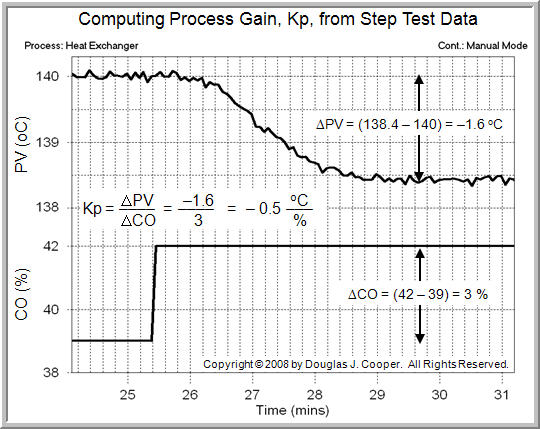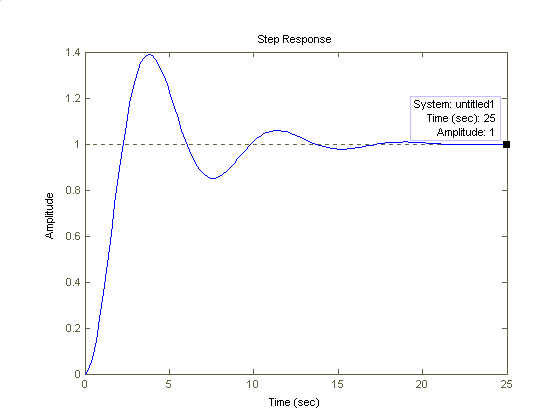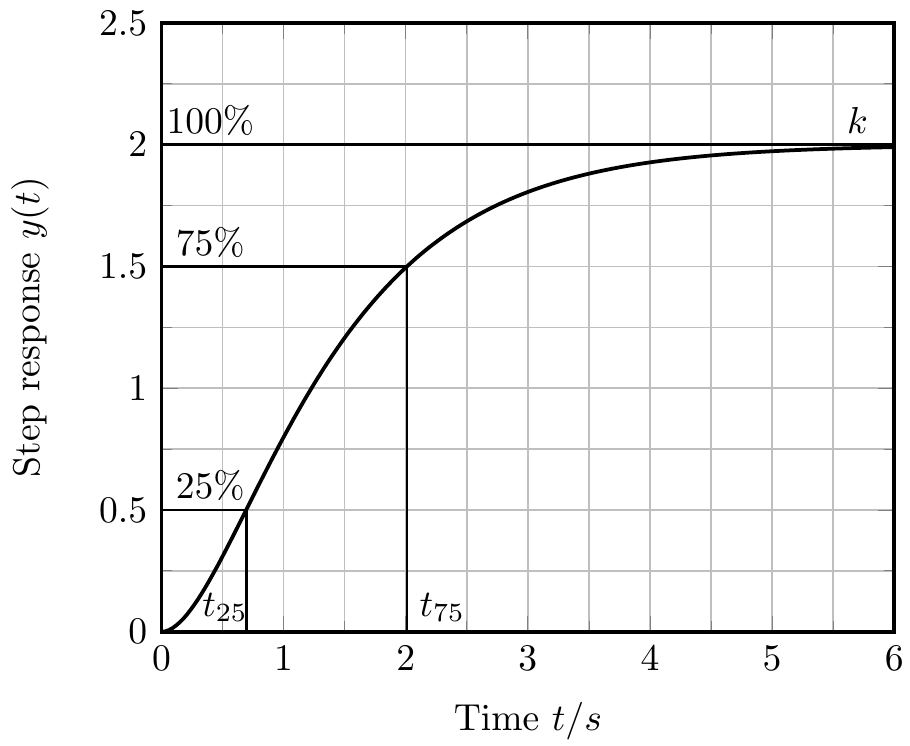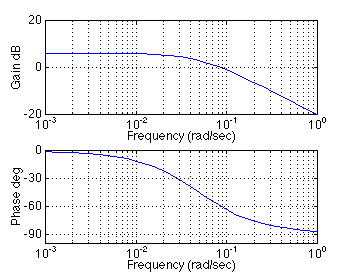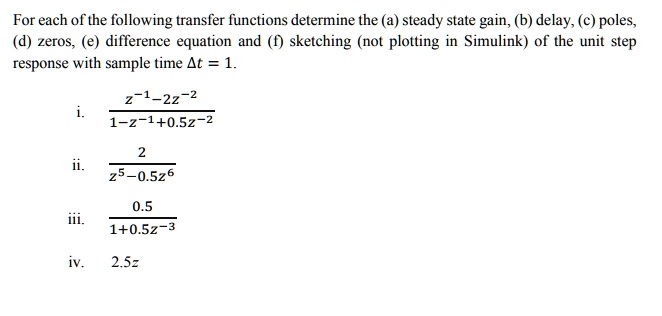
SOLVED: For each of the following transfer functions, determine the (a) steady-state gain, (b) delay, (c) poles and zeros, (d) difference equation, and (e) sketch the unit step response with a sample

Transfer Functions Convenient representation of a linear, dynamic model. A transfer function (TF) relates one input and one output: The following terminology. - ppt download
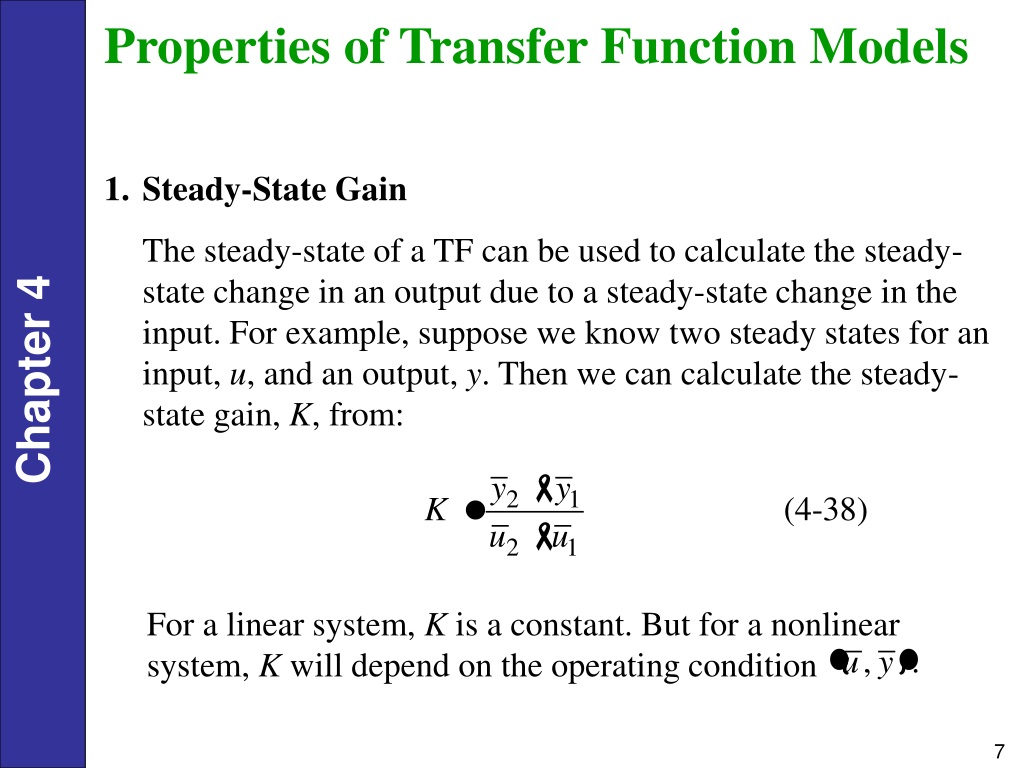
PPT - G 1 and G 2 are transfer functions and independent of the inputs, Q ′ and T i ′ . PowerPoint Presentation - ID:9659283

SOLVED: For a process that is described by the following transfer function: Y(s) = 3e^(-s) / (10s + 1) (a) What is the steady-state gain? (b) What is the time constant? (c)

The step response of a system is given byc(t) = 1 + 0.25 e-50t - 1.25e-10tThe steady state gain of the transfer function in time constant form will bea)1b)7c)-5d)-7Correct answer is option '


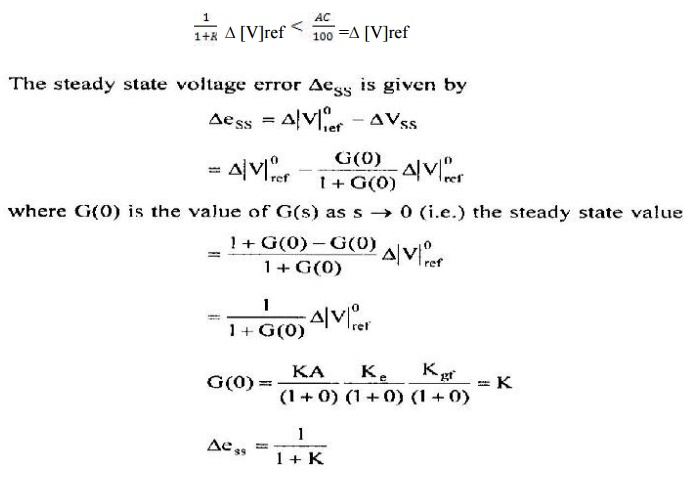
![Solved] Consider the following transfer function: | SolutionInn Solved] Consider the following transfer function: | SolutionInn](https://dsd5zvtm8ll6.cloudfront.net/si.experts.images/questions/2021/04/60865df70a73c_1619418612754.jpg)


